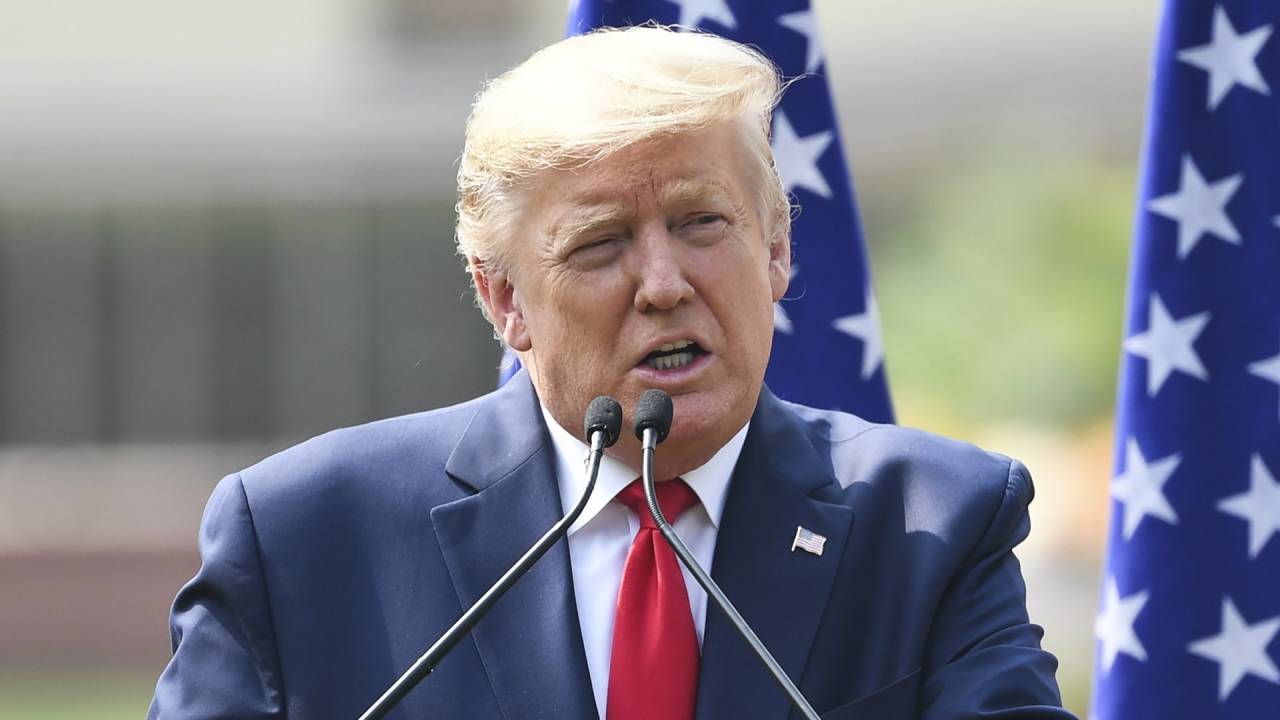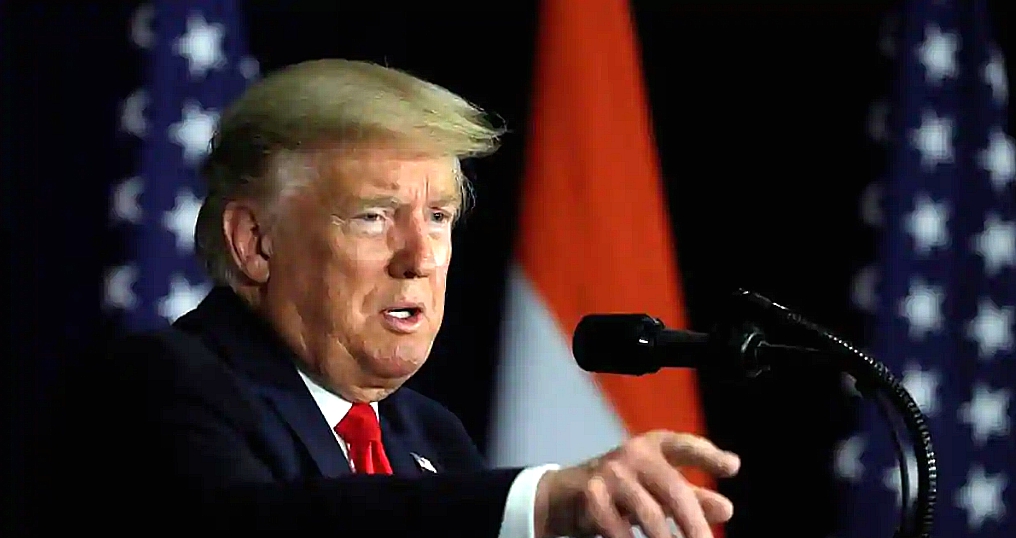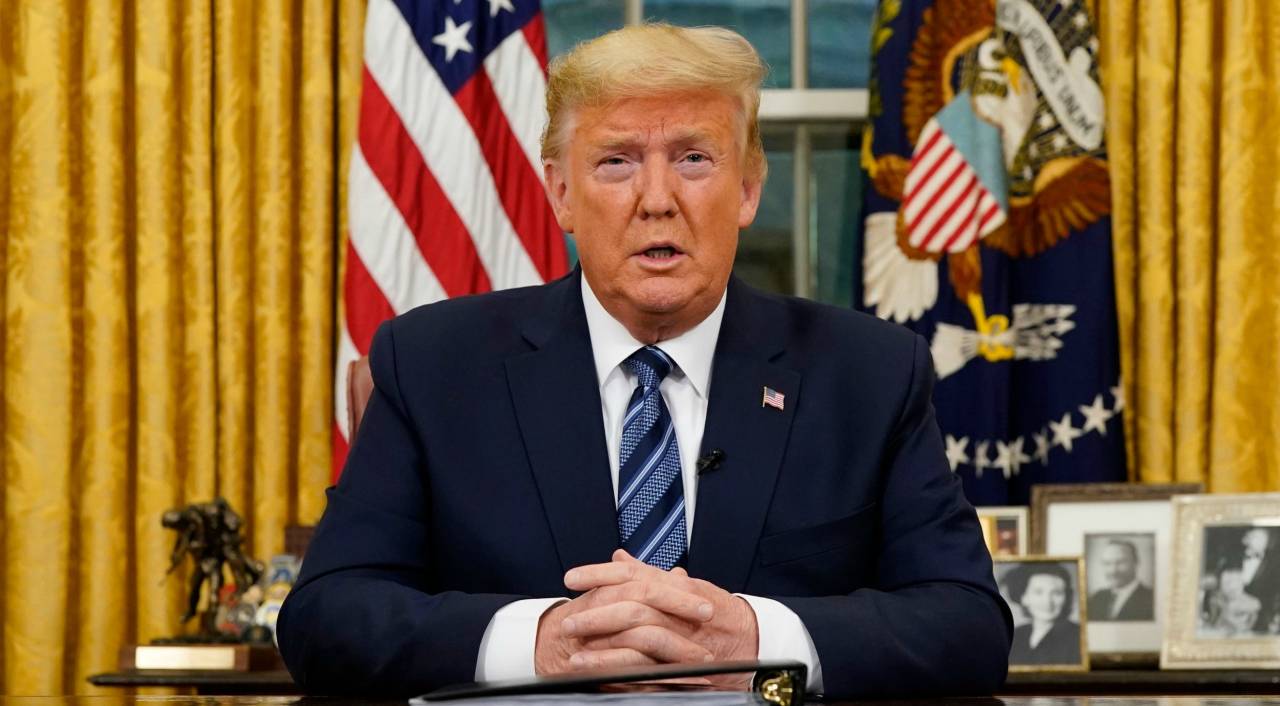Sanyasis in Bharat roam around the country accepting bhiksha. They bless the household which gives them bhiksha and both, the Sanyasi and the family member giving the bhiksha, consider themselves fortunate. Why does the Sanyasi ask for bhiksha? Can’t they work and earn a salary and live with that?

All over Bharat, people bow down and touch the feet of married women or little girls after doing Devi Puja. It doesn’t matter that the woman or girl is much younger in age. Is it only about respect, because then, usually only the older person’s feet are touched?
Sri Krishna washed the feet of His dearest friend Sudhama – Sri Krishna was Bhagawan and Sudhama was just a poor Brahmin, who had no proper clothes to wear on his visit to the King of Kings. Did Sri Krishna really need to wash His friend’s dirty feet?
In Bharat where most of the people sit on the ground and eat on plantain/patal leaves, especially during festive days, women of the house think it fortunate to pick up the used leaves and clean the floor, especially when sanyasis, purohits, elder members of the family and other auspicious people have eaten.
Have you ever wondered why these actions are so important especially in today’s day and age, when all the above customs are probably seen as regressive and backward?
The answer lies in one word – ego. Taming of the ego is considered the most important step on the way to realizing the Self or on the path of spirituality. Taming the ego is also considered very important to keep one grounded and in the pursuit of perfection.
Whether it is the realized sanyasi, or the king, or the man of the house or the housewife, ego destroys the capacity to respect others, to respect other people’s opinions and suggestions. And the best way to destroy the ego is to bow down to others. The very learned and realized sanyasi accepts ‘bhiksha’, the king washes the feet of the commoner, the man bows down to women and children and the woman who is Annapurna herself, cleans after serving.
When PM Narendra Modi took a dip in the Sangam at Prayag, did Ganga Aarti and washed the feet of the Safai Karmacharis on Sunday, there was a wave of reactions. While many appreciated his gesture of giving respect to the workers who have worked very hard to maintain cleanliness, some felt that it was an election stunt.
In all the years that Modi has been the PM, one thing has been constant – his sincere attempt to visualize himself as a Pradhan Sevak and not as a Pradhan Mantri. This shows in every scheme that he has promulgated, whether it is the Swachhata Abhiyan or the Namami Gange or the building of toilets or Ujwala Yojana or any other scheme. This self–visualization as a sevak has moulded his personality into one who is able to communicate to every section of society. Our first PM Nehru visualized himself as an educated elite who wanted to lift Bharat from the throes of backwardness. Lal Bahadur Shastri visualized himself as the son of the soil. Indira Gandhi saw herself as one who could take tough decisions. Rajiv Gandhi saw himself as one who wanted Bharat to become technologically advanced. Atal Bihari Vajpayee visualized himself as one who respected peace and had no enemies. There is no doubt that all these great personalities left the same image in the minds of the people of the country too.
What PM Modi visualizes himself to be is what will be remembered of him in the years to come. And Bharat has a lot to be grateful for in what PM Modi visualizes himself to be. It is not everyday that one sees a head of a country working hard to destroy his ego and work sincerely for the masses. In a country whose soul is Her spirituality, PM Modi has understood the saaransh (the gist) of our samskriti … I bow my head to his deeds which have transcended his words.















Discussion about this post